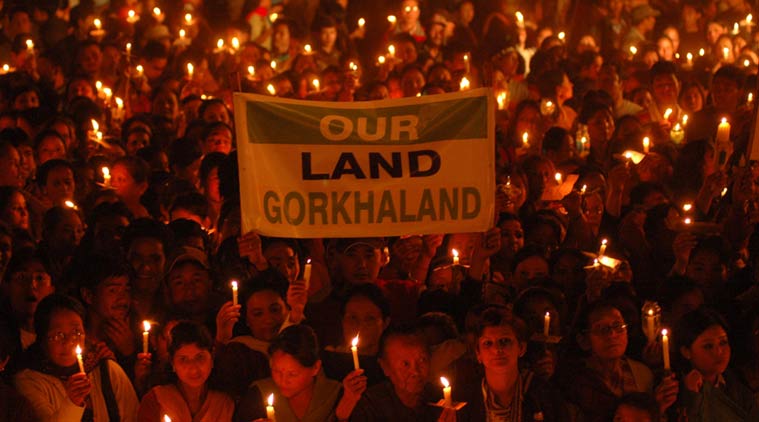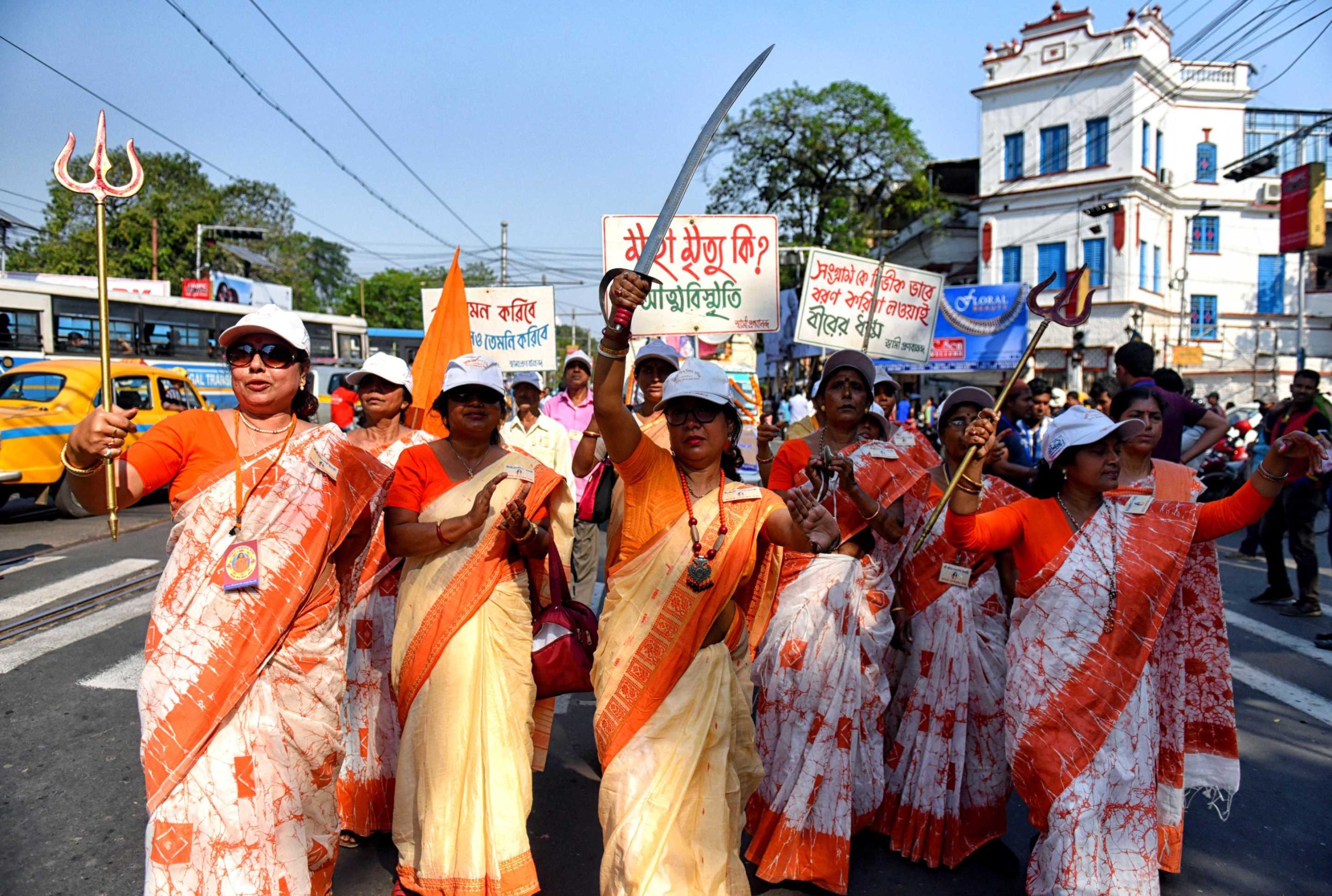As we move through the convoluted ‘chickens neck’ and the winding roads of the Pankhabari, we embrace within ourselves the beauty of this small town in the northern part of the state of West Bengal in India. The colonial history of Darjeeling, is traversed from its schools and buildings through its very own “Toy Train”. In the recent past, Darjeeling, also known as “Queen of the hills” has come to the mainstream not just because of its world famous tea or tourism. It has been brought into the limelight in the world of mainstream media due to the Gorkhaland Movement by the Gorkhas that has moored the politics of the region for several decades. The whole region has been in constant turmoil since 1980’s and in most recent history after the 2017 agitations.
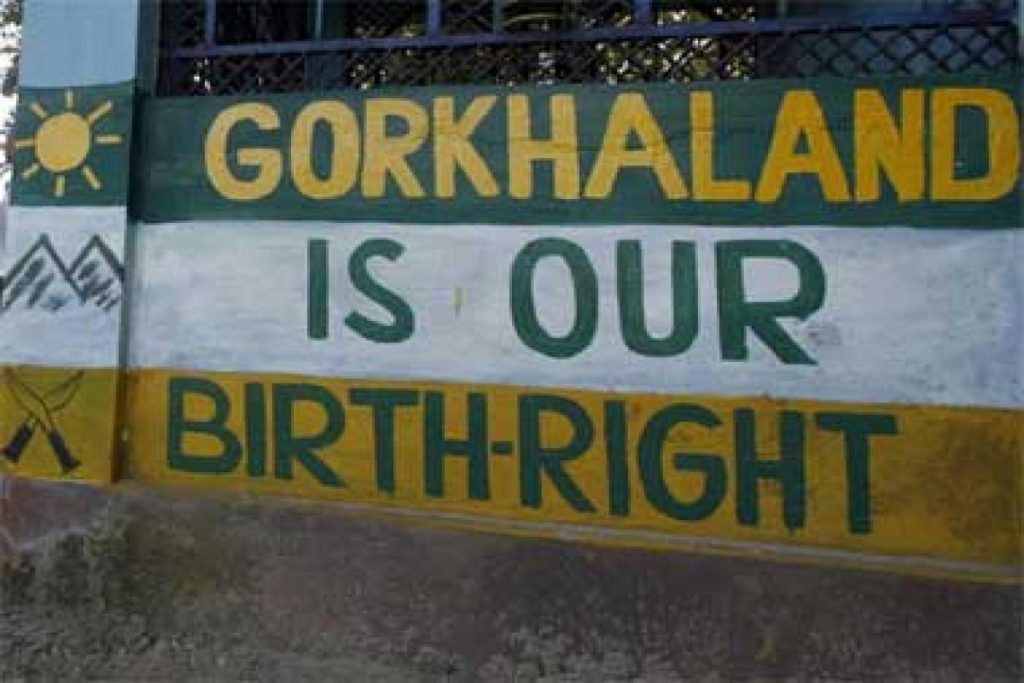
The whole upheaval in the hills had been caused by the popular Gorkhaland Movement, which has been seen in similar light like the Bodoland Movement or the Telangana Movement. However, it would be a fallacy to generalise the movement with other statehood movements. At this juncture in politics, within the ambit of the country at large, it seems pertinent to revisit the nearly dying movement and view it within a larger diseased body of politics in India. The movement has changed its course having been overtaken by “identity politics and development”. The Gorkhaland movement so far has been propelled with the ideas of asserting a “gorkha identity” within India and a desperate effort to constantly distinguish the “gorkhas” from the Nepalese migrants settled in India.
Pluralism has been the backbone of this hill town. No other town in India is as diverse, with individuals from all parts of the country belonging to different faiths and speaking many tongues. But with the ongoing movement, through these years, it has slowly led to the othering of those who do not belong to the majority of Nepali speaking-hindus.
At this juncture, some questions arise: How does one belong to a particular identity? Does the sheer chance of being born in a particular area create a millennia of identity? Do we even have a choice of not wanting to be or choosing to be? How can identities be fluid when it has been implicitly defined by reifying the formula of language and religion?
The Gorkhaland Movement with time, however, has become an exclusive movement. It has failed to include within its folds the very idea of minorities within the “gorkhas”. The movement was heightened in 2007, with a new party being born bringing forth the assertion of a “Gorkha identity” once gain to the forefront. Strikes and shut downs became an everyday affair affecting the tourism at large and the lives of daily wage labourers. In recent times, with the Citizenship Amendment Act, 2019 being passed in the Parliament, posters all over the town were strewn with condemnation of refugees settling in Gorkha dominated areas.
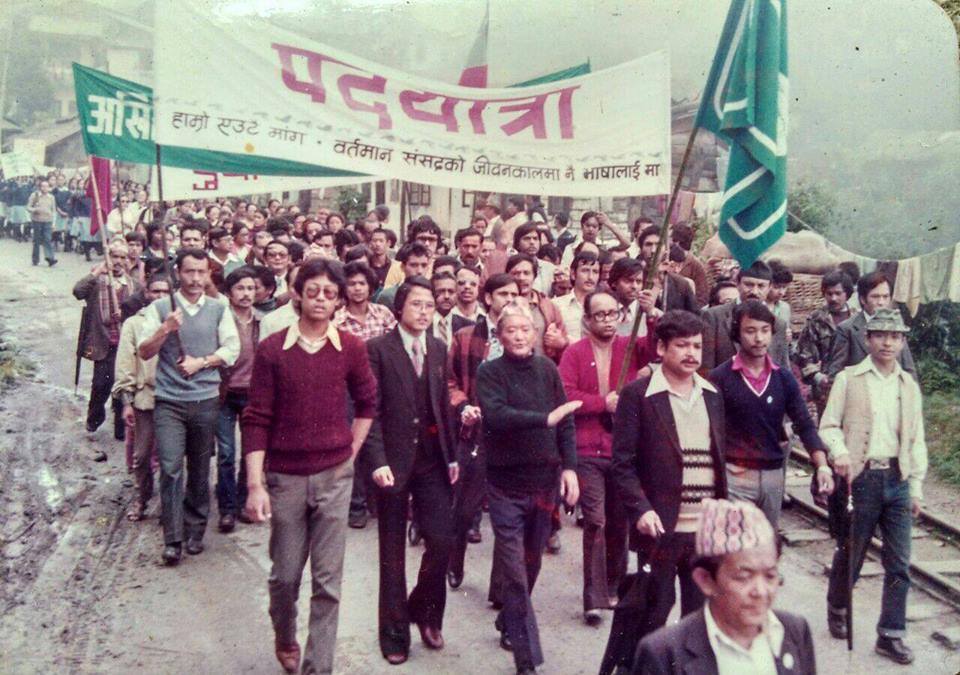
Whose Movement Is it Really?
Having been a part of a rich history and its historical connection with Tibet, the “Gorkha identity” seems antagonistic to the unity of identities. The question of who is allowed to become a Gorkha seems to be harbouring on the usage of Nepali as the mother tongue. The Nepali language, was included in the 8th Schedule of the Constitution in 1992. This was done by a rigorous Bhasha movement led by doyens of Nepali language and literature from this very town, acting as an epicenter of politics of identity assertion. Languages seem to play a poignant role for any movement that has revolved to consolidate identities and also assert their solidarities to goals. Nevertheless, the language now seems to move from being a lingua franca and a uniting force, to be a coercive identifier of who is/can be a Gorkha.
Also read: Kumari Puja In Nepal And India: A Dichotomy In Hinduism
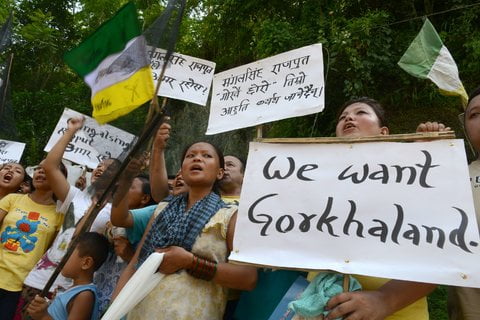
Pluralism has been the backbone of this hill town. No other town in India is as diverse, with individuals from all parts of the country belonging to different faiths and speaking many tongues. But with the ongoing movement, through these years, it has slowly led to the othering of those who do not belong to the majority of Nepali speaking-hindus. The movement too, is helmed by them with a lack of active voices from other sections of the society. Already a minority within India and West Bengal, the continuous assertion of Gorkha identity only does the same to the minorities within the folds of the hill and the terai region.
THE GORKHALAND MOVEMENT WITH TIME, HOWEVER, HAS BECOME AN EXCLUSIVE MOVEMENT. IT HAS FAILED TO INCLUDE WITHIN ITS FOLDS THE VERY IDEA OF MINORITIES WITHIN THE “GORKHAS”. THE MOVEMENT WAS HEIGHTENED IN 2007, WITH A NEW PARTY BEING BORN BRINGING FORTH THE ASSERTION OF A “GORKHA IDENTITY” ONCE GAIN TO THE FOREFRONT.
The glorification of an ethnic identity cannot be done without alienating “the other” and this whole idea has been problematic as it has led to the steady vanishing of Lepchas, the indigenous tribe of Darjeeling, from politics. The agitation and the demand to consolidate a separate identity reiterates the very concept of ethnic nationalism. The term “gorkha” has been used as an umbrella term to include several other ethnic groups but it needs to reconsider the fault line of doing so. A revisionism must be asserted in this regard with respect to the “Gorkha identity“
Also read: My Experiences Of Patriarchal Rituals In The Nepali Community
With the decline in tourism and agro-industries, the decades-old rhetoric of a separate state while homogenising the multicultural identity into the “gorkha” fold needs to be revised. Ethnic identities alone cannot be the sole precursor to any movement, especially when it showcases a lack of inclusivity and takes a masculinist form. The deep history of this region was not based on one identity but had been born of diversity and multiculturalism which must be safeguarded against homogenisation by the hegemonic dominant culture.
Featured Image Source: The Indian Express
About the author(s)
Nangsel ardently believes in engaging with discourses and debates that have been obscured and marginalised due to various structures of power and privileges. Her main areas of interest lie in gender, refugees, forced migration and minority rights.
